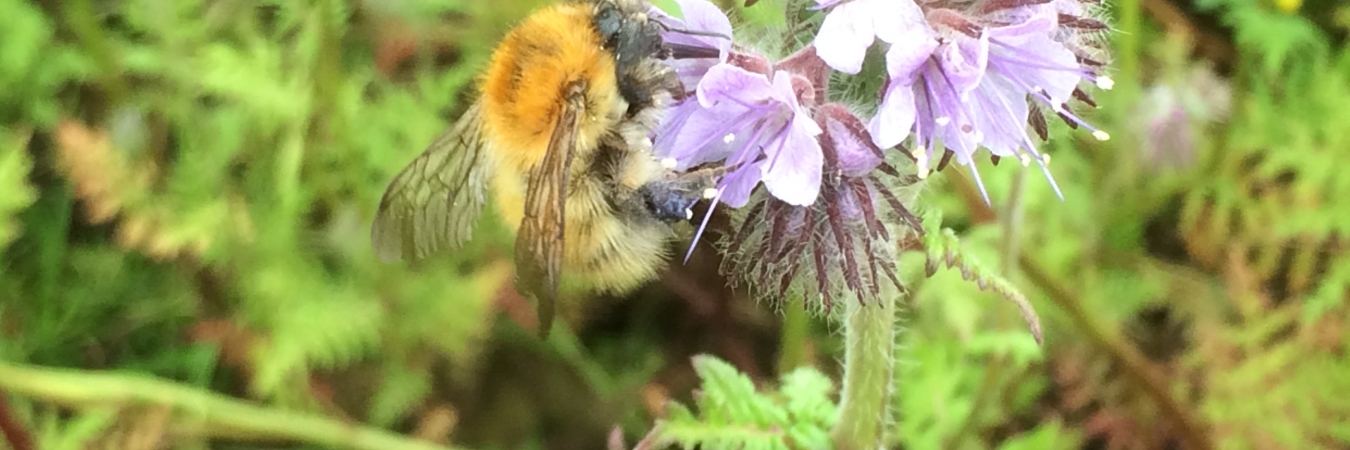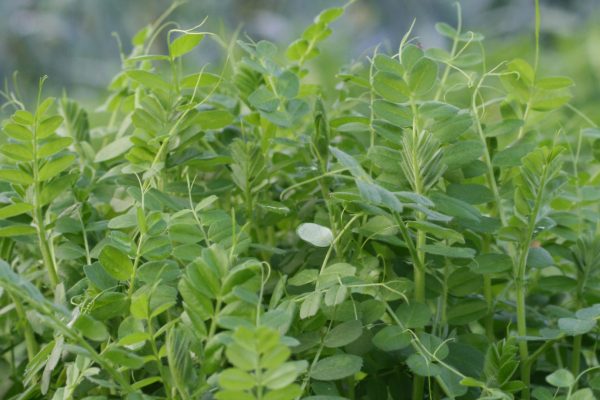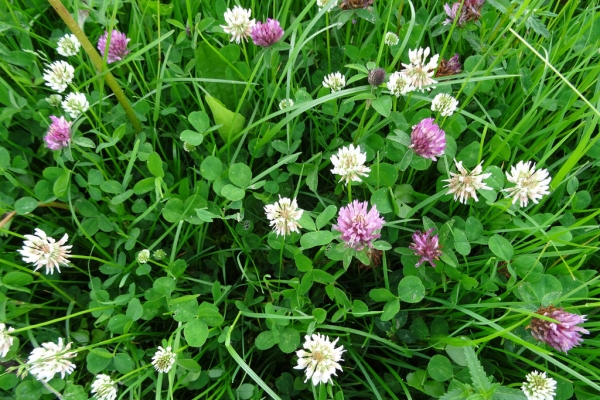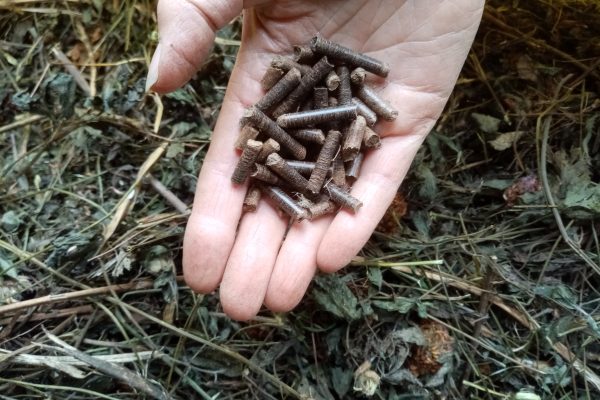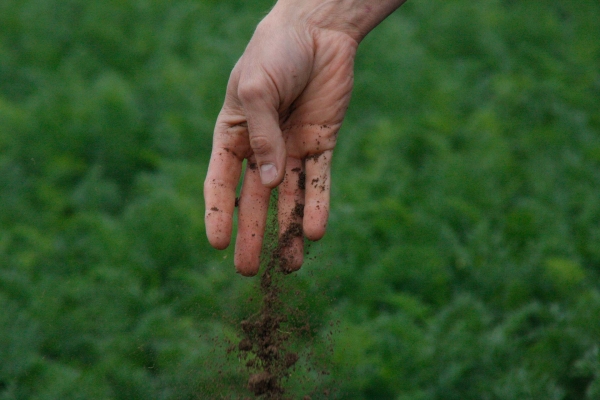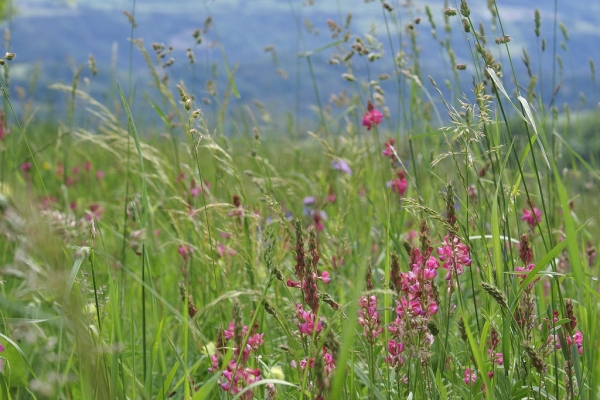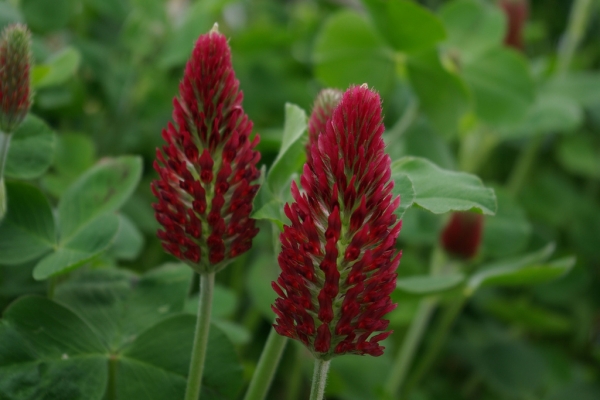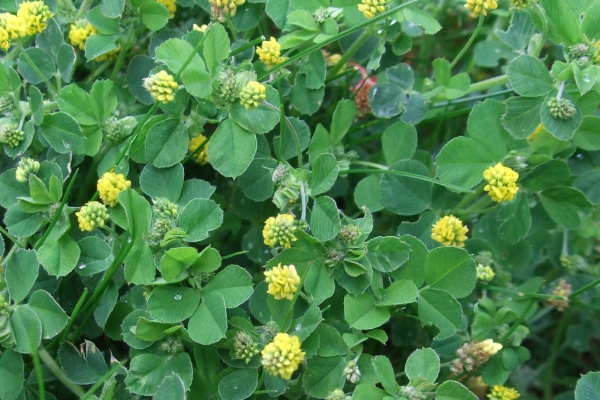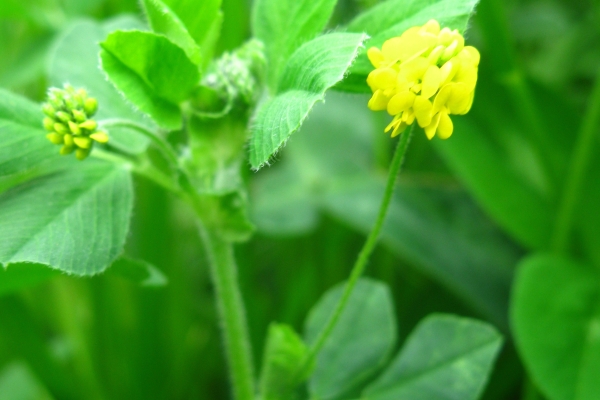Short-term green manures for intensively cultivated horticultural soils
GREATsoils factsheet
Resource explained
Depending on the species or species mix grown, green manures (crops grown to improve and protect the soil) can bring a range of benefits to the soil, to the cash crops grown in the rotation, and to the wider farm environment. Using green manures in intensive vegetable rotations can be particularly challenging. This case study details the main species suitable for use in high value vegetable and salad rotations and summarises benefits they can bring. It outlines demonstration trials undertaken at JEPCO; a large outdoor leafy salad-growing business, and describes experiences gained by the grower. It includes a useful table detailing the main species and mixtures which have potential in UK vegetable and salad production.
Findings & recommendations
- There is growing evidence that green manures such as phacelia have considerable potential to improve soil health in intensive vegetable rotations without being a drain on profitability.
- Make sure that you select species and mixtures that will suit your climate, site, soil, production / growing system, and availabvloe machinery.
- Choose species or mixtures that are likely to bring benefits over the duration of time that you plan to grow the green manure crop.
- Find out whether growers local to you have had successes and/or failures with short-term green manures – learn from their experiences.
- Take soil samples and measure soil health parameters before and after growing green manure crops. Consider measuring soil organic matter and soil infiltration and assessing soil structure.
- When assessing the cost of green manures, be sure to consider potential short-term and long-term costs and benefits.
- It can be a good idea to conduct simple farm trials to develop methods that work on your holding, in your own rotations.
